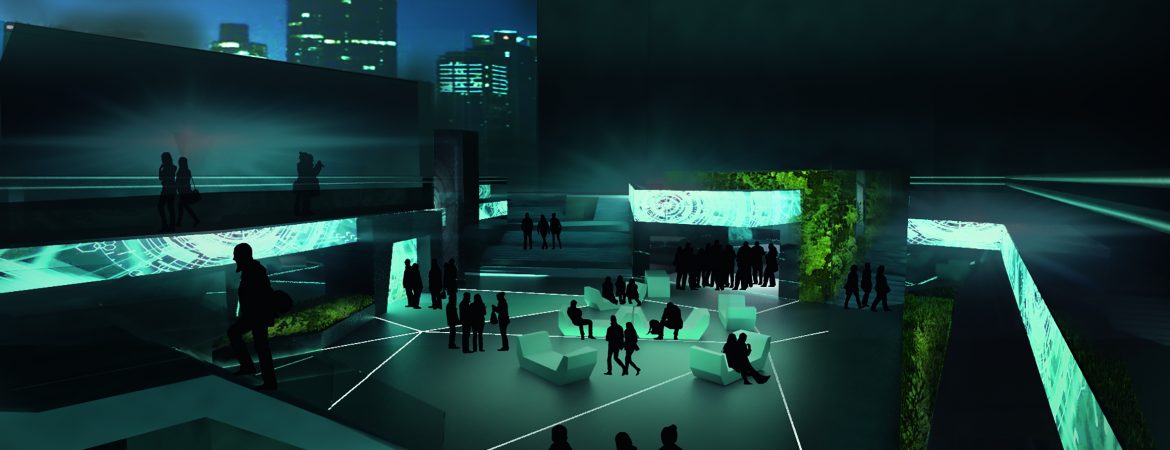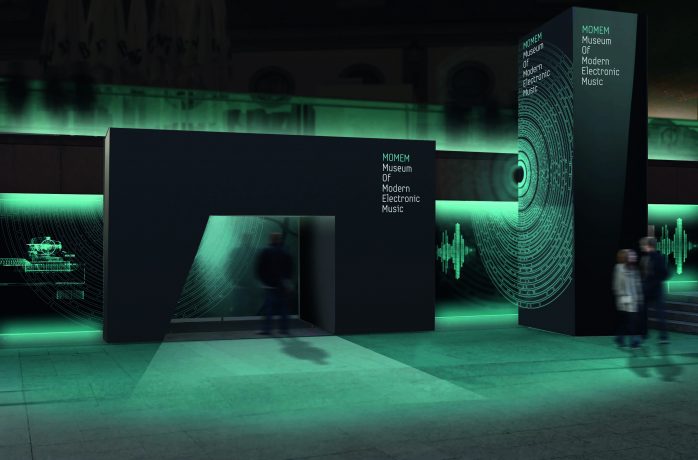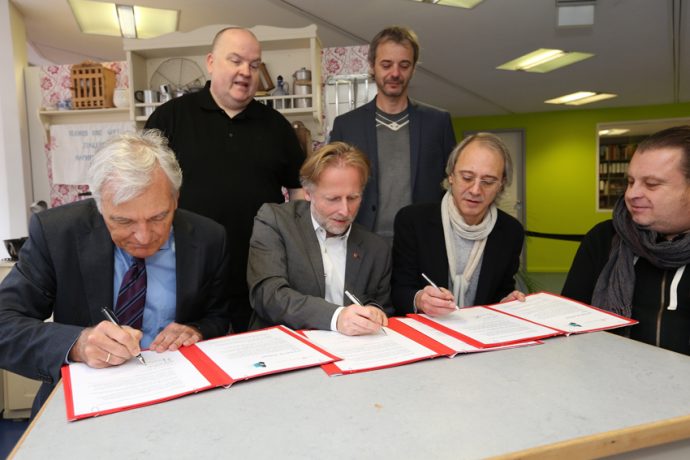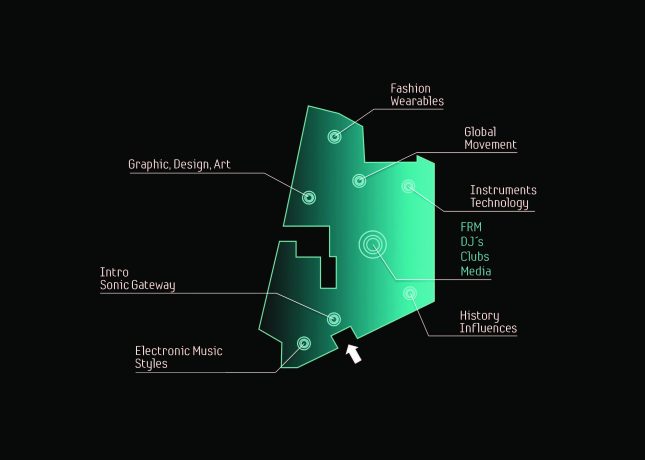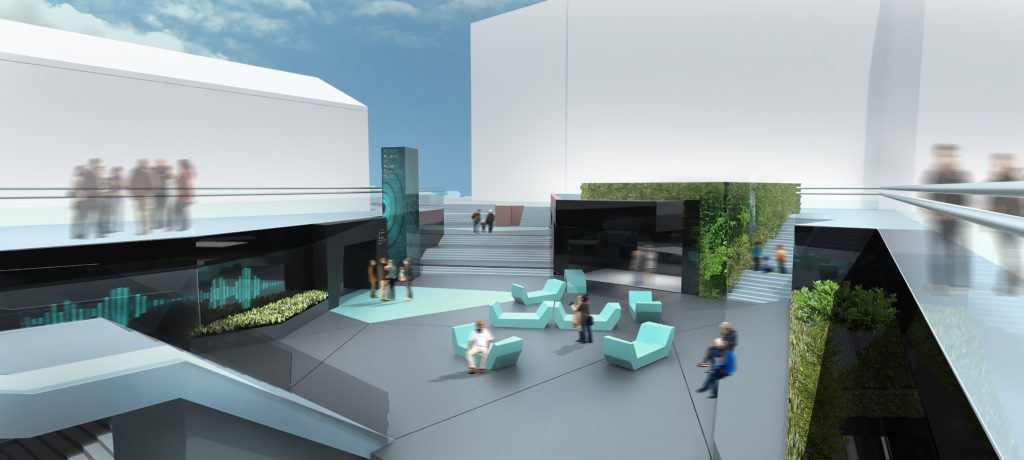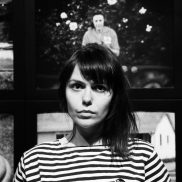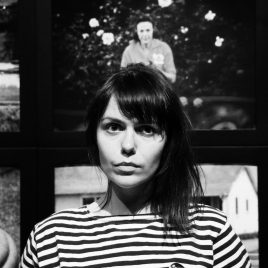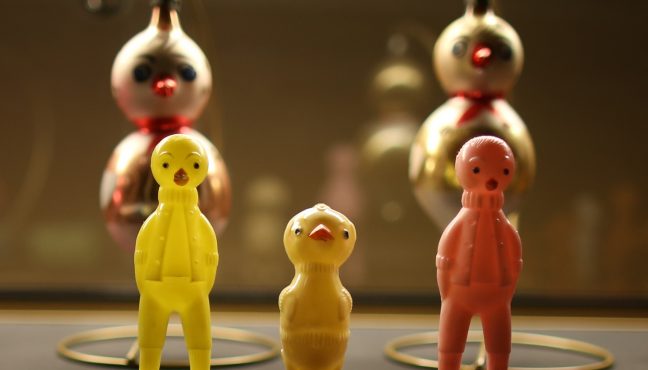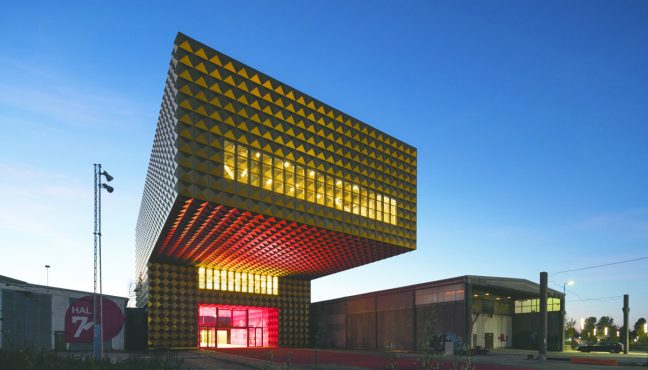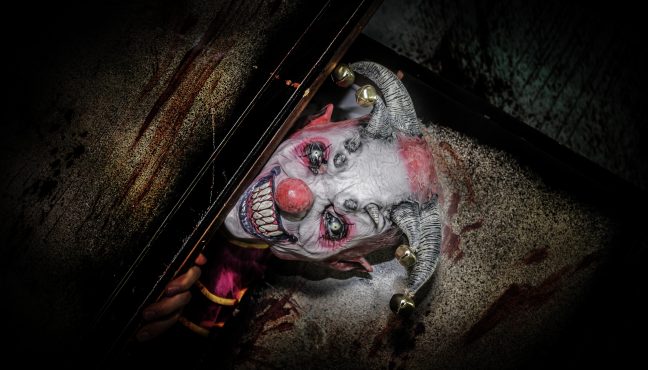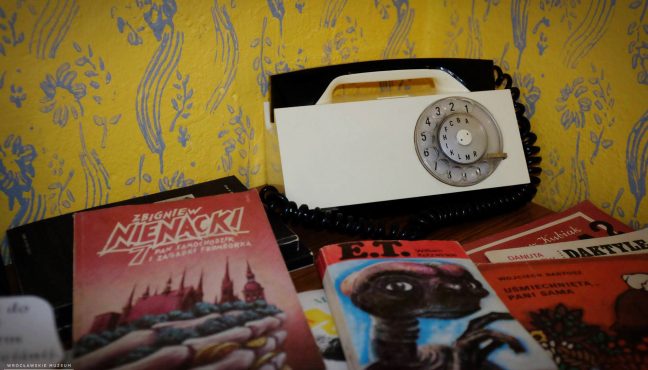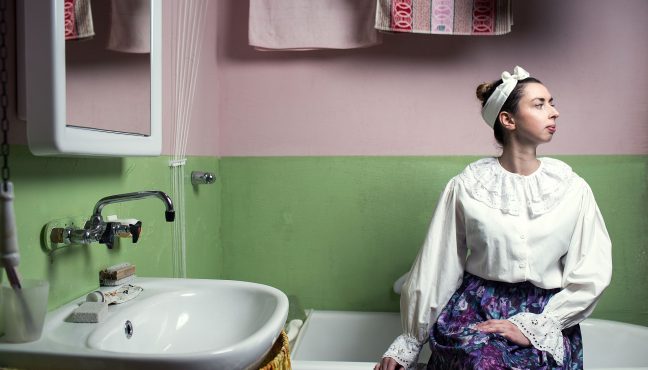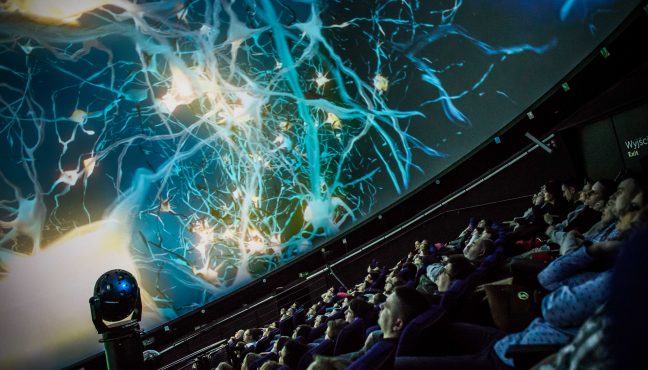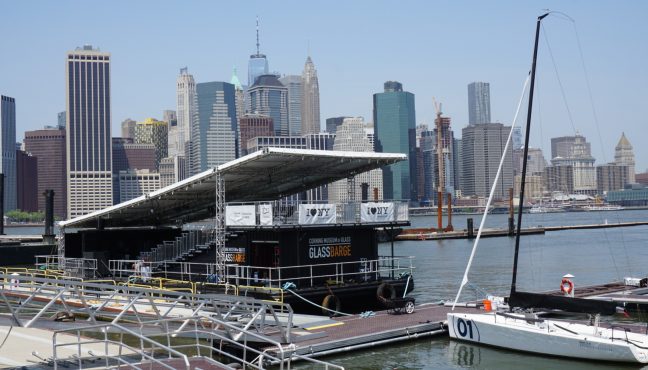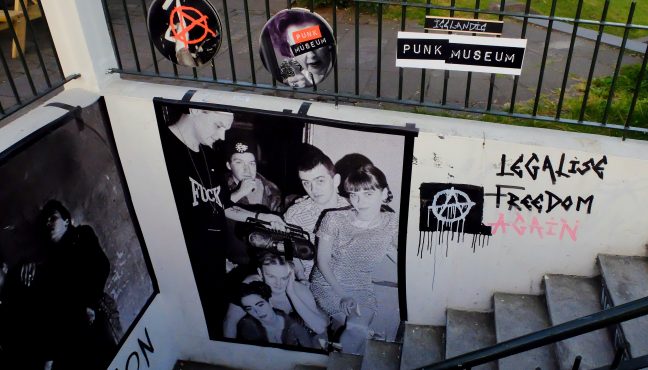We bet you heard about MOMEM if you are into electronic music and its history. The first ever museum of electronic music, MOMEM, will open in Frankfurt in 2017 (yes, Frankfurt, not Berlin). The agreement to launch this unique space was signed in December 2015. The founders promise that it will be a place, which “invites to stay, inspires the senses and upgrades the city center as well as provides an additional stimulation“. We were thrilled to talk with the people behind the scenes, the “Friends of MOMEM” team and MOMEM co-founders Alex Azary and Stefan Weil. Here is what they told us about MOMEM concepts, its space, the history of electronic music, techno scene, Simon Reynolds and Daft Punk helmets.
“A journey from the beginning to future”. Your slogan is captivating and intriguing. What was the driving idea behind creating this museum? Writing the history of electronic music?
Alex Azary: "The initial impulse for MOMEM was the consideration that electronic music and club culture has inspired and influenced much more creative fields, artists and developments of almost all aspects of life in the past three decades than most people tend to realize. The fact that this hasn’t been documented, selected and presented in a focused and curated conspectus yet, was the basis to conceptualize a contemporary site which accounts these aspirations as well as the cultural and social setting this scene emerged from in the first place".
"A museum which is more than a retrospective place, an art and cultural center which is more than another venue, a club that might take club life beyond drink, dance and party", - Alex Azary.
Stefan Weil: "We want to write and define the legacy and beyond that we want to discover the next. Forcing the future with lectures, our sound and vision laboratory, global sessions…The MOMEM is a kind of institution that invites authors like Simon Reynolds, David Toop and other experts of electronic music for research and writing the philosophy of electronic music and the related lifestyle (lebensaspekte)".
The designs show that the museum space will be conceptually organized into several sections: Instruments and Technology, History Influences, etc. Is this approach manifested in the architecture? How do you see the experience of movement through architecture and museum spaces?
Stefan Weil: "I like the term of “experience the movement”, because this is exactly what MOMEM will be. Entering a programmed platform that unfolds during the visit: kinetic moving objects, the use of media, transforming spaces, organic shapes, soft materials, OLED Technology, configurating furniture systems. MOMEM will appear like a modern shaped system that reacts to the visitor. Reactive Environment, the visitor could easy transform sound and light".
Museeum writes about the most provocative and stimulating museum experiences from the perspective of five senses: see, breathe, touch, taste and listen. Could you briefly highlight the wow factors of the future museum? Its architecture, café, design store, educational programs?
Stefan Weil: "By transforming a part of the inner city infrastructure the first wow appears on the square where the MOMEM is based. An agora situation with lots of stairs. With colors, plants, moving graphics and inviting seatscapes the square could turn into an “inner city oasis”. Completed by an outstanding hospitality to complete the experience for all senses with taste. After entering the MOMEM there should be different elements that are worth a visit, some of the exhibits and installations should be the message by the medium. The sonic gateway uses klangfeldsynthese to deliver a sensurround dynamic sound experience, real time club simulations with VR, Oculus, based on an engine that is used for computer games as well, the studio sessions are as interactive as this should be, for every skills or even no skills at all, the visitor can create sounds, rhythm, noise, patterns, analog and digital. There will be a reactable table, radartouch rhythm machines, classic theremin … and in the MOMEM we plan a giant unbelievable turning wheel. With large crystals the visitor could track information, samples and sounds on the surface of a giant record".
"Club culture, nightlife, festivals, parades, always extend the senses starting with the environments, the sound, the light, the colors, the shapes. We must deliver something that continues this spirit. We must!", - Stefan Weil.
"There will also be an amazing selection of originals, like the robots from Kraftwerk, the helmets from Daft Punk and the cross symbol of Justice, just some examples. We also invite related artists like Andreas Gursky and Carsten Nicolai for some installations, photography and pictures. The MOMEM must be stimulating, this is part of the story to tell".
Can you talk about the public programs? Any particular approach to bring people together? How do you envision MOMEM’s audience?
Alex Azary : "As stated in our concept, MOMEM won’t be a museum in the classical sense. Besides it’s exhibits and the medial presentation, the permanent as well as the changing special exhibitions, highlighting selected themes, genres, scenes, clubs, labels or artists, MOMEM will offer a versatile program. MOMEM will establish an academy where workshops and seminars will be held by well known DJs, producers and artists, where they will pass on their know- how to the young generation, we will host readings, lectures and panels, we will have a weekly movie night, where we show related movies, videos and documentaries and last not least, there will be club nights and live concerts taking place at MOMEM. Our aim is to present a continuous program on a daily basis and offer a platform for an interested, inspired and creative crowd for a lively exchange of thoughts, visions and experiences".
